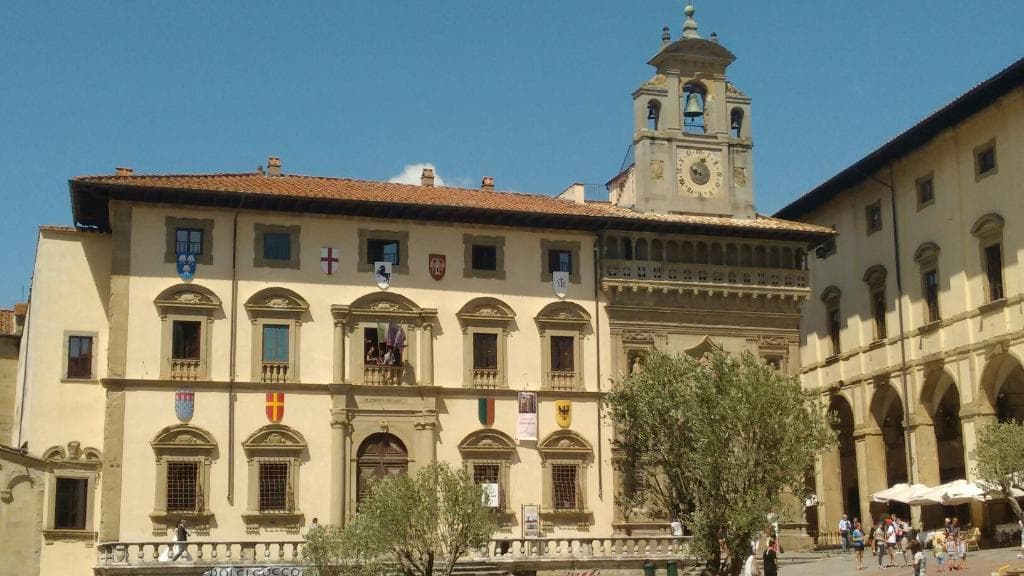
Museo della Fraternita dei Laici Arezzo
Discover a 16th-century astronomical clock and panoramic views of Arezzo from a historic tower. Explore the Vasari Corridor.
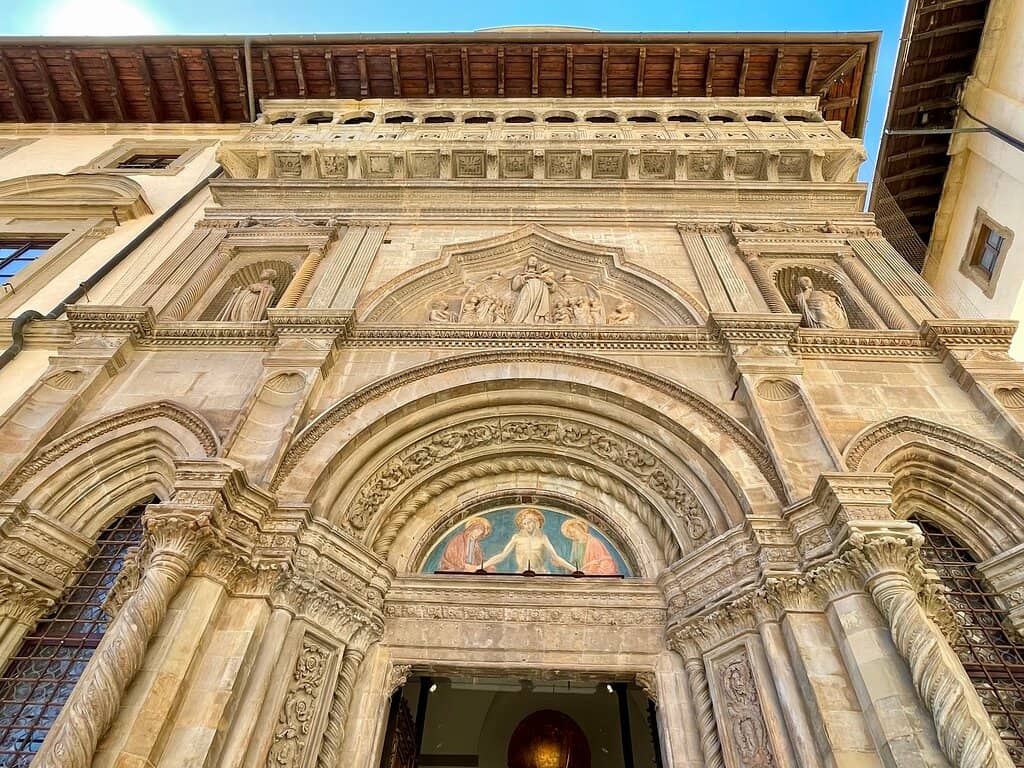
Highlights
Must-see attractions

Social
From TikTok & Reddit
Best Time
Fewer crowds, better views

Museo della Fraternita dei Laici Arezzo
Best Time
Fewer crowds, better views

Highlights
Must-see attractions
Discover a 16th-century astronomical clock and panoramic views of Arezzo from a historic tower. Explore the Vasari Corridor.
"The tower views and the astronomical clock are absolute highlights, offering incredible value for a low fee."
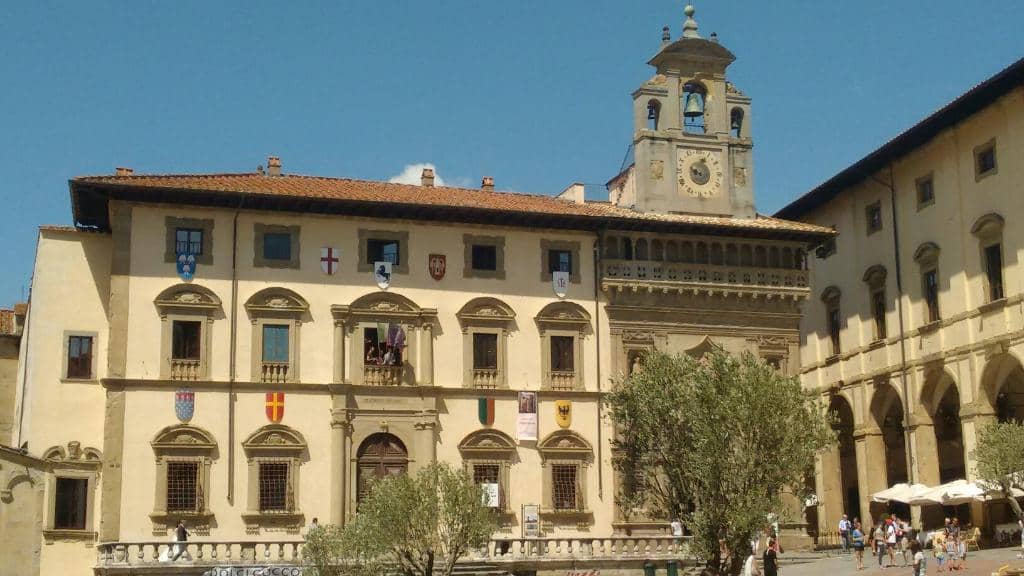
Don't Miss the Clock! 🕰️
The 16th-century astronomical clock is a must-see. Understand its geocentric model and moon phases.
Ascend for Amazing Views 📸
Climb the tower for stunning panoramic views of Piazza Grande and the city.
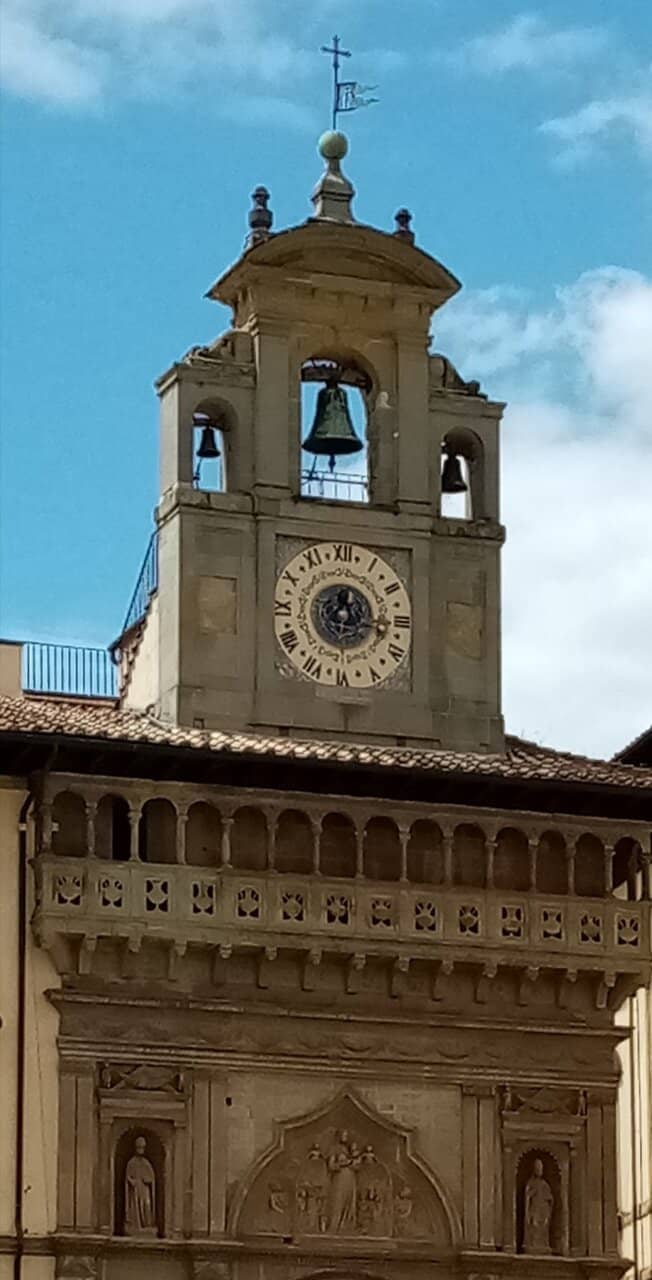
Highlights
Discover the most iconic attractions and experiences
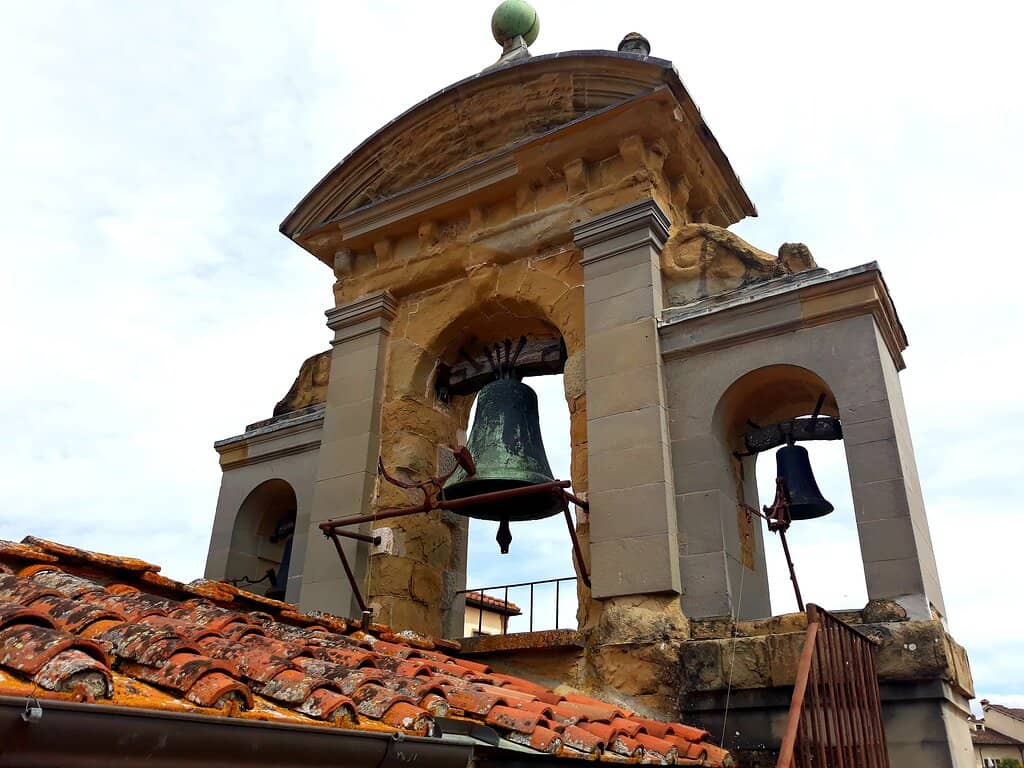
The Astronomical Clock
Museum interior
A 16th-century marvel showing sun, moon, and phases in a geocentric model. A true historical and scientific gem.
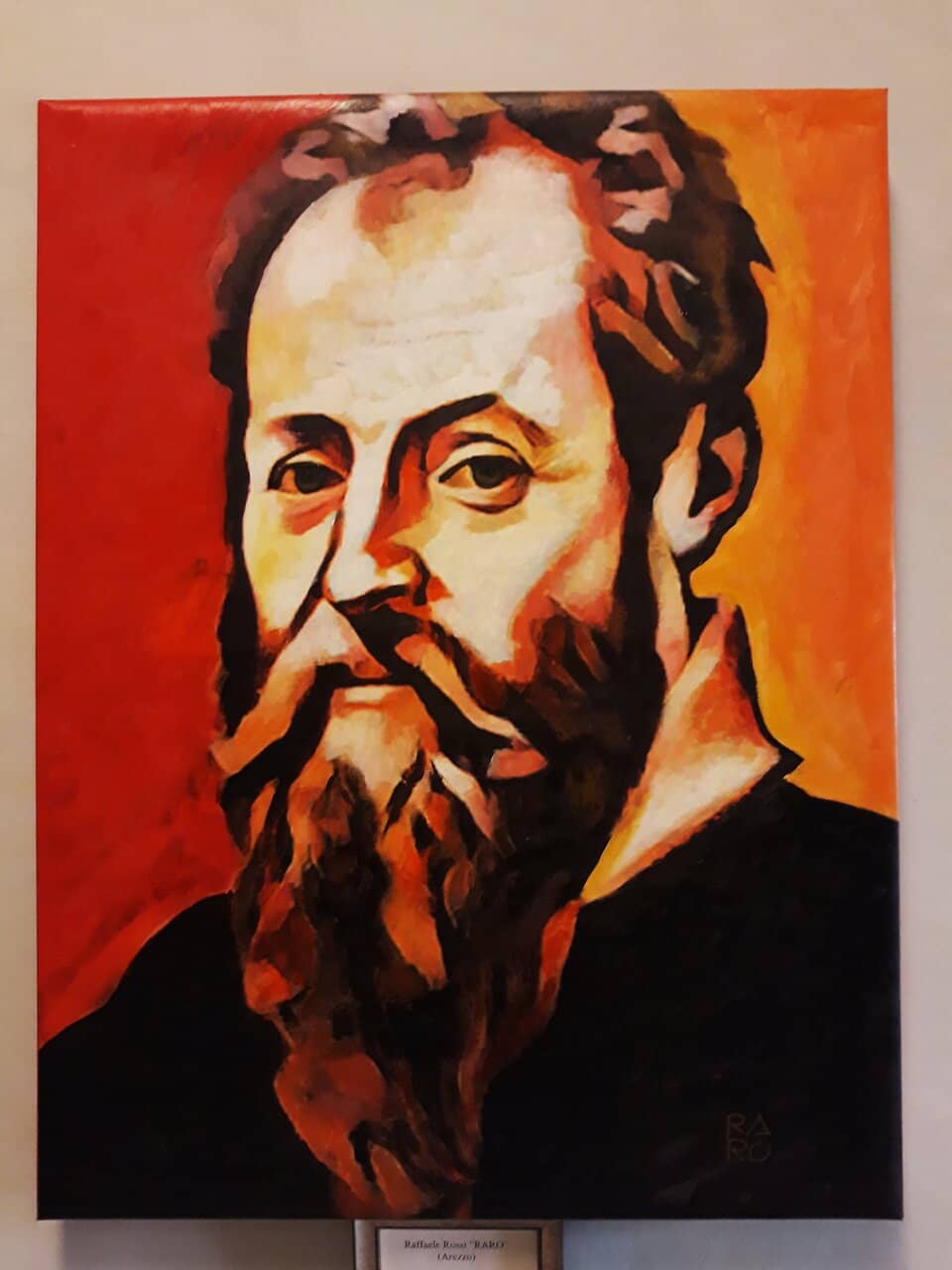
Panoramic Views from the Tower
Tower terrace
Breathtaking vistas of Piazza Grande and Arezzo's rooftops. Perfect for photos and soaking in the city's charm.
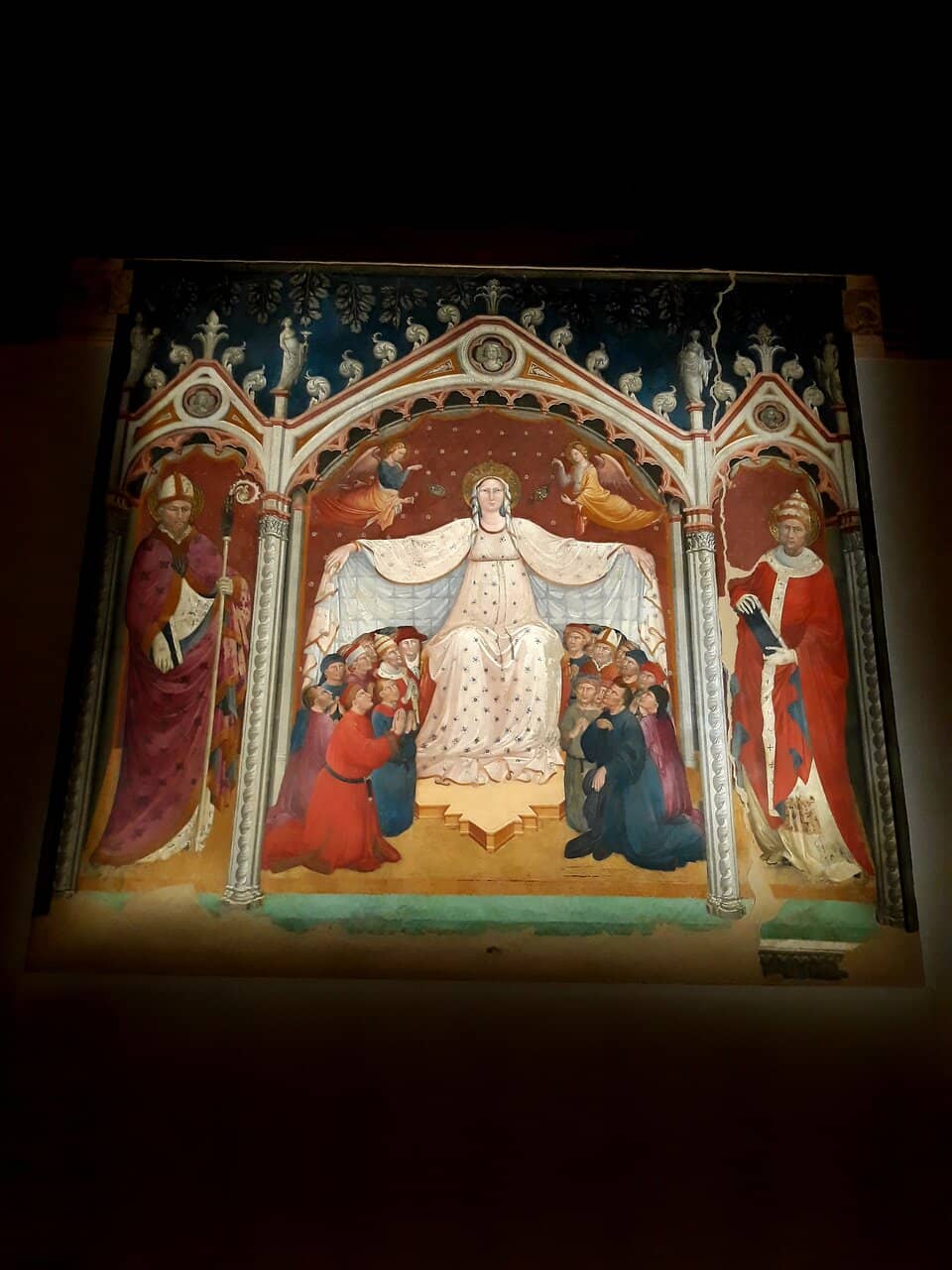
Vasari Corridor Access
Connecting Fraternita to Logge
Explore the historic passage designed by Giorgio Vasari, linking the Fraternita to the Logge. A unique architectural experience.
Plans like a pro.
Thinks like you
Planning Your Visit
Timing Your Visit for the Best Experience
Understanding the Astronomical Clock
Best Times
Insider Tips
from TikTok, Instagram & Reddit
Don't Miss the Clock! 🕰️
The 16th-century astronomical clock is a must-see. Understand its geocentric model and moon phases.
Ascend for Amazing Views 📸
Climb the tower for stunning panoramic views of Piazza Grande and the city.
Explore the Vasari Corridor 🚶
Discover the historic passage connecting to the Logge, a unique architectural feature.
Check Opening Hours ⏰
Verify opening times, especially for special exhibitions or events.
Tips
from all over the internet
Don't Miss the Clock! 🕰️
The 16th-century astronomical clock is a must-see. Understand its geocentric model and moon phases.
Ascend for Amazing Views 📸
Climb the tower for stunning panoramic views of Piazza Grande and the city.
Explore the Vasari Corridor 🚶
Discover the historic passage connecting to the Logge, a unique architectural feature.
Check Opening Hours ⏰
Verify opening times, especially for special exhibitions or events.
Low Entrance Fee 💰
The museum offers great value for its historical significance and views.
What Travellers Say
Reviews Summary
Visitors praise the museum for its incredible value, particularly the stunning panoramic views from the tower and the fascinating 16th-century astronomical clock. While some find the general art collection less compelling, the historical significance of the building and the unique experience of accessing the Vasari Corridor are highly appreciated.
"I am reviewing the “astronomical clock” … 3rd edition (4Jun2025)!
There is an excellent article on the clock on tourismo.it by Flaminia Sworn, dated 10Jan2019.
I will summarise the clock’s features.
It was installed in 1552, but the geocentric arrangement is pre-Copernicus (1515), per the prevailing orthodoxy.
i.e., the Earth is at the centre, and the Moon is in a closer orbit than the Sun.
The Sun hand therefore rotates once every 12 hours, the a.m./ p.m. factor being evident to the observer in the piazza (from the degree of darkness).
The Moon hand rotates every 24 hours and 50 minutes, i.e., the moon rises, on average, about 50 minutes later each day.
There is, per Sword, a [simple] noon sundial, to make corrections to the clock at the meridian crossing of the Sun and/or Moon.
My photo of the sundial was taken at 12:43 (Arezzo longitude is 11.898 E).
There are 30 gradations for the days of the month. I expect they have to make manual adjustments for January, February, March, May, July, August, October, and December. This dial rotates with the Moon hand (you can see daylight all around the Moon globe, looking thru the clock mechanism from inside the tower).
There is also a minute hand, and the clock chimes each quarter hour.
The Moon hand has a clever feature in that the Moon, painted half gold and half black, rotates to reveal the moon phase.
N.B. The Moon hand is calibrated so it depicts the Moon as seen from the Northern Hemisphere, looking south. See my photograph, taken in the early evening on the same day.
There are several photos on this website already showing a broad view of the clock mechanism.
When I photographed the clock this morning (30May2025), and also observed it with my binoculars, the Moon hand and the Sun hand were not correctly positioned (according to my analysis above), but the Moon phase was correct (waxing crescent, see photo taken same day). I suspect they need adjustment.
I would be interested in comments on my analysis, or referral to a more detailed analysis than may be available. Fausto Casi (1999)?"
Stuart Nicholson
"This is a charity group that was established centuries ago. Now there is museum in their house and you can enter the roof tower with still working clock.
Worth it , low entrance fee, just for the view on piazza bellow and town around."
Rok Stražar
"City museum inside but not really interesting"
Enjoy life
What People Like
What People Dislike
Frequently Asked Questions
🚇 🗺️ Getting There
The museum is centrally located in Piazza Grande, Arezzo, making it easily accessible on foot from most parts of the historic center. If arriving by car, park in one of the designated parking areas outside the ZTL (limited traffic zone) and walk.
Yes, the Palazzo della Fraternita dei Laici is a prominent building in Piazza Grande, easily identifiable by its historical architecture. Look for signs directing you to the museum entrance.
Arezzo's main bus station and train station are a short walk from Piazza Grande. From there, it's a pleasant stroll through the charming streets to reach the museum.
While the main museum areas might be accessible, the tower climb and some historical passages may present challenges. It's advisable to contact the museum directly for specific accessibility information.
Direct parking in Piazza Grande is not available for tourists. Several public parking lots are located a short walk from the piazza, such as the Pietre or Mecenate parking garages.
🎫 🎫 Tickets & Entry
The entrance fee is generally low, offering excellent value for the experience, including access to the museum and the tower. It's recommended to check their official website or inquire locally for the most current pricing.
For regular visits, booking in advance is usually not necessary, especially during off-peak times. However, for special events or guided tours, it's advisable to book ahead.
While some reviews mention ICOM member discounts, there have been reports of discrepancies. It's best to confirm any potential discounts directly with the museum staff upon arrival.
Opening hours can vary seasonally and for special events. It's crucial to check the museum's official website or social media for the most up-to-date information before your visit.
Typically, access to the tower is included with the museum admission ticket, allowing you to enjoy the panoramic views.
🎫 🧭 Onsite Experience
The star attraction is the 16th-century astronomical clock, a complex mechanism showcasing geocentric cosmology. The panoramic views from the tower are also a major draw.
The museum houses various historical artifacts and artworks, though some visitors find the collection somewhat haphazardly organized. The building itself is a significant historical landmark.
Absolutely! The tower offers spectacular, unobstructed views of Piazza Grande and the surrounding city, making it a highlight for many visitors.
This is a historic passage designed by Giorgio Vasari that connects the Fraternita building to the Logge. Access to this corridor is a unique feature of the museum experience.
While not always explicitly advertised, special openings and guided experiences, particularly related to the Vasari corridor or specific exhibitions, are sometimes offered. Following their social media or inquiring locally is recommended.
📸 📸 Photography
Generally, photography for personal use is permitted in most areas, but it's always best to check for any specific restrictions, especially near delicate exhibits or during special events.
The panoramic view from the tower is unparalleled for cityscapes. The astronomical clock itself is also a fascinating subject for close-up photography.
Yes, you can photograph the clock, but be mindful of other visitors and any posted rules. Capturing the intricate details of the clock is a popular choice.
Drone photography is generally not permitted within historical city centers like Arezzo, especially in public squares. Always adhere to local regulations.
Late afternoon, especially during the golden hour, offers beautiful light for photographing the city. Weekday afternoons also tend to be less crowded, allowing for more relaxed photo opportunities.
For Different Travelers
Tailored advice for your travel style
👨👩👧 Families with Kids
🏛️ History Buffs
📸 Photographers
Deep Dives
In-depth insights and expert knowledge
The Marvel of the Astronomical Clock
Beyond the primary timekeeping functions, the clock incorporates a noon sundial for potential corrections and a minute hand. A particularly fascinating element is the moon phase indicator, achieved by a globe painted half gold and half black that rotates to reveal the current phase of the moon. The clock's mechanism is designed to depict the moon as seen from the Northern Hemisphere, looking south. While generally functional, some visitors have noted that the hands may occasionally require adjustment.
This clock is not just a timekeeping device but a window into the scientific understanding and worldview of the 16th century. Its presence in the museum offers a tangible connection to historical astronomy and the evolution of scientific thought.
Panoramic Views and Architectural Connections
Furthermore, the museum offers access to the Vasari Corridor, a historically significant passage designed by the renowned artist and architect Giorgio Vasari. This corridor, restored and reopened, connects the Fraternita building directly to the Logge del Vasari. Exploring this passage offers a glimpse into the ingenious architectural solutions of the Renaissance and provides a unique way to experience the interconnectedness of Arezzo's historical landmarks.
The combination of the stunning city views and the exploration of Vasari's architectural legacy makes a visit to the Museo della Fraternita dei Laici a multi-faceted experience, appealing to both history enthusiasts and those simply seeking beautiful vistas.
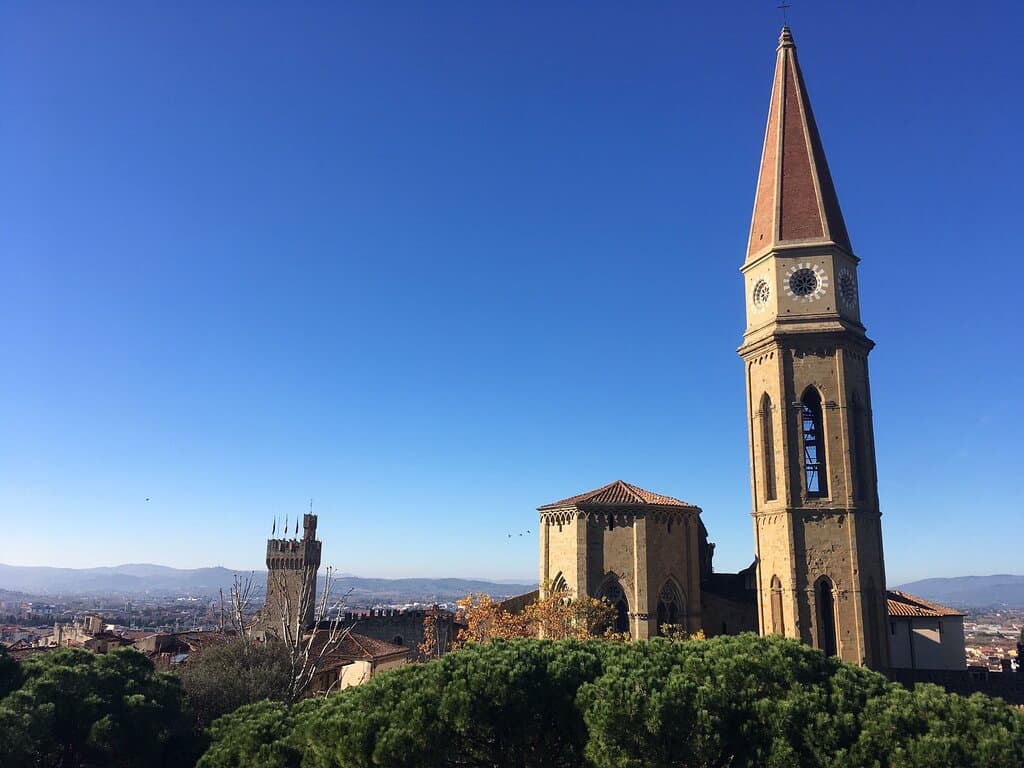
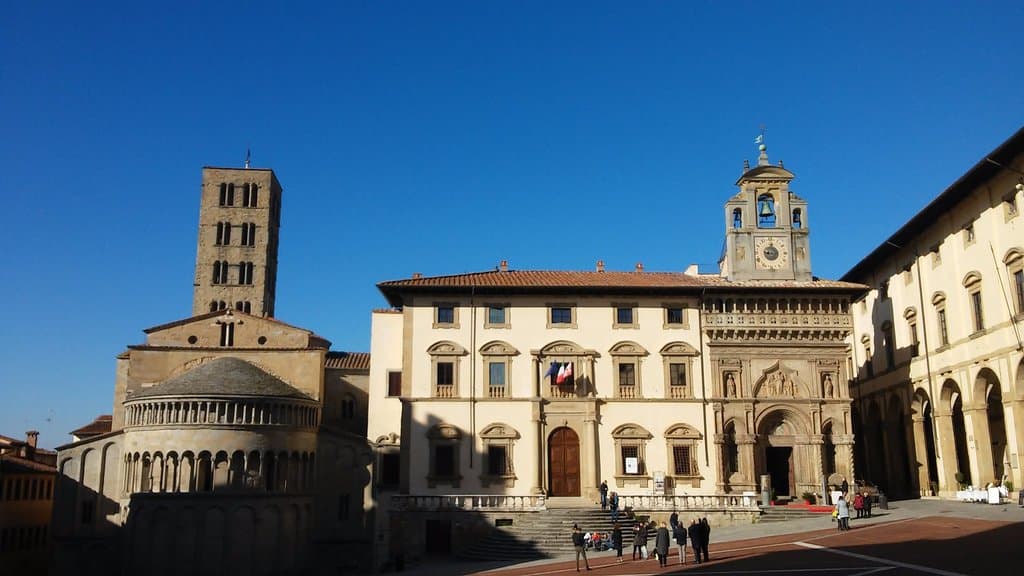
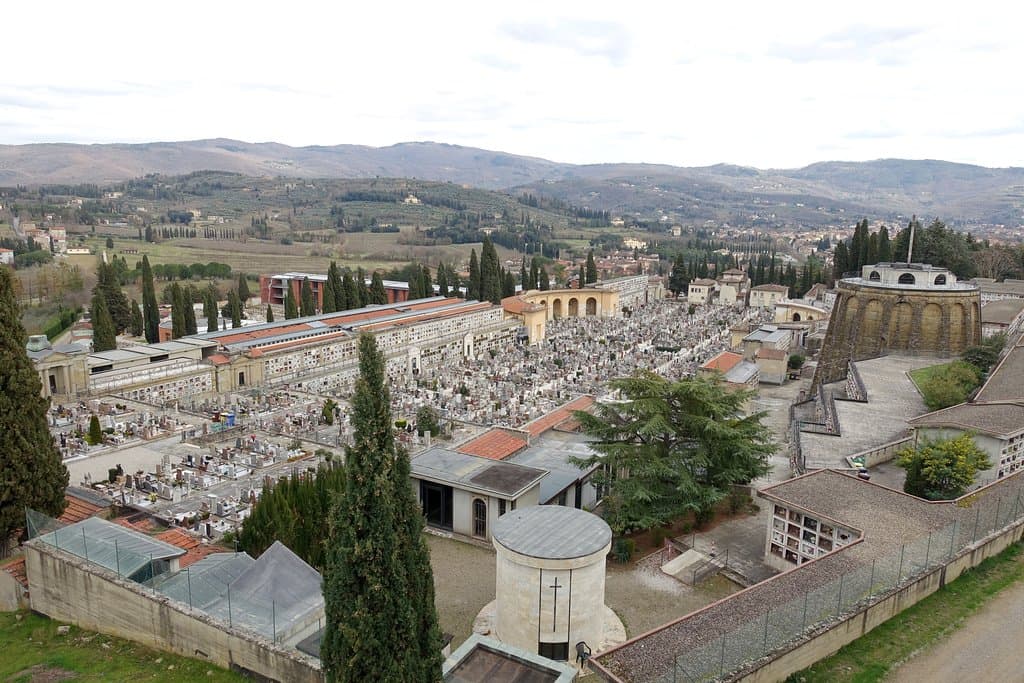
Social
from TikTok, Instagram & Reddit